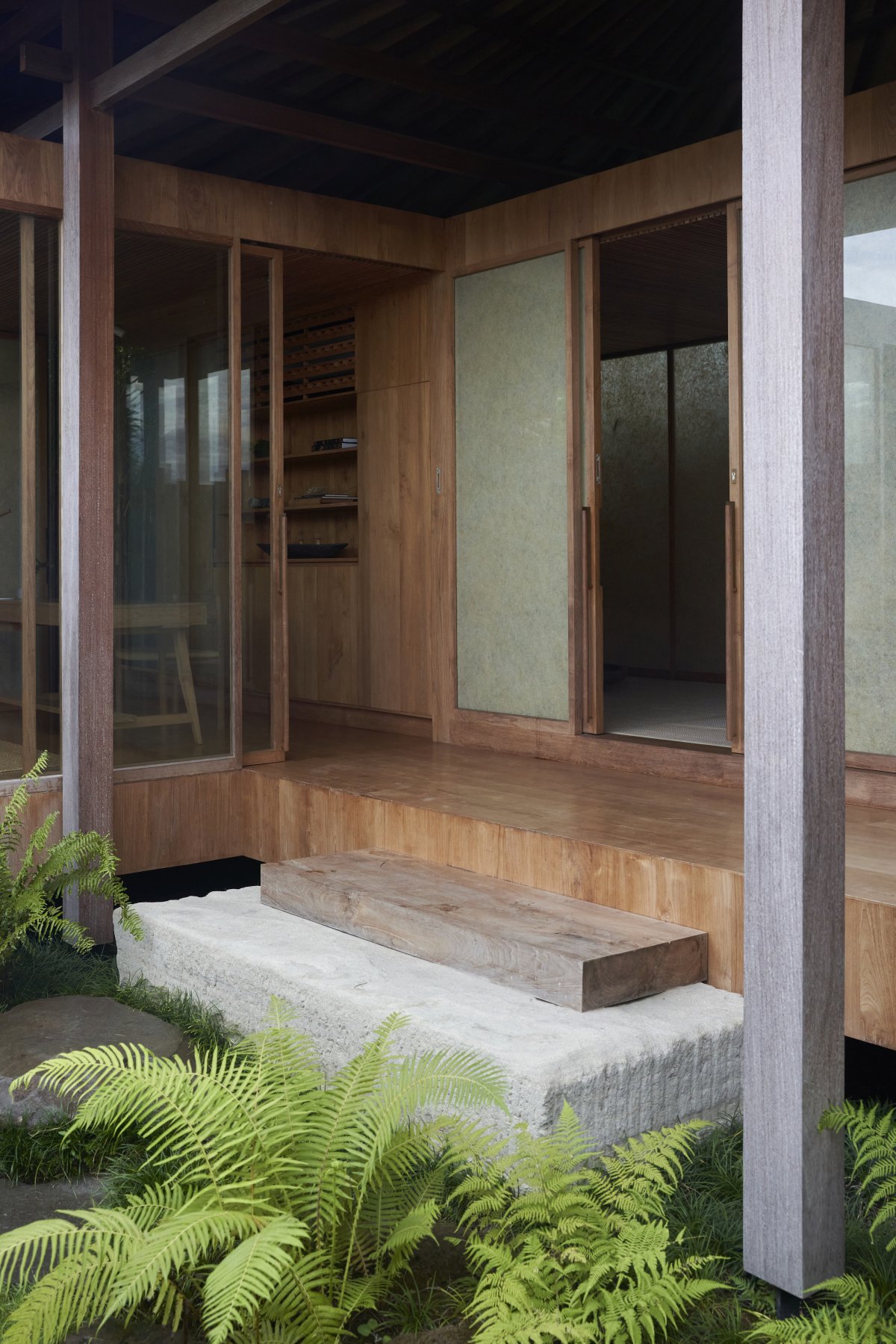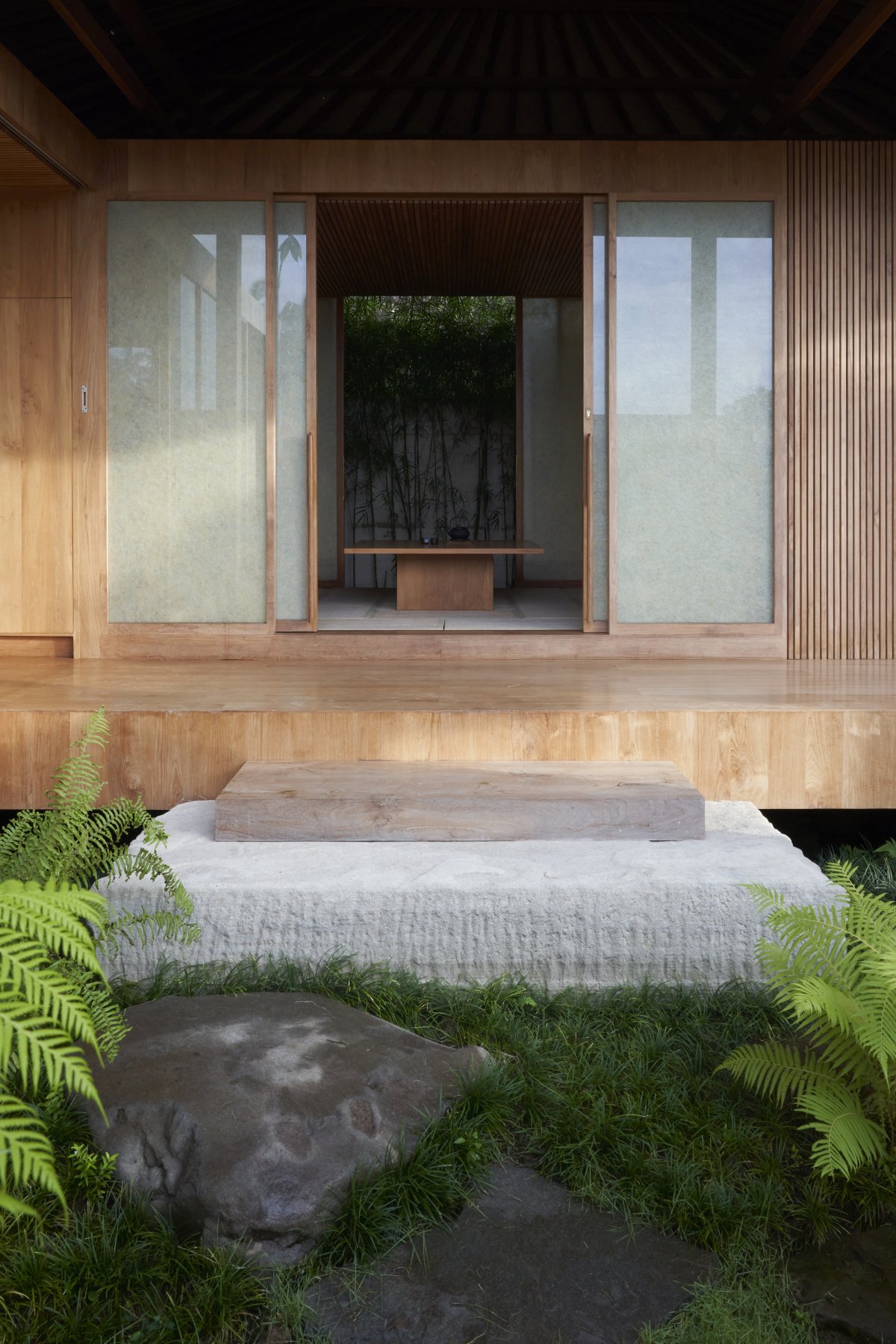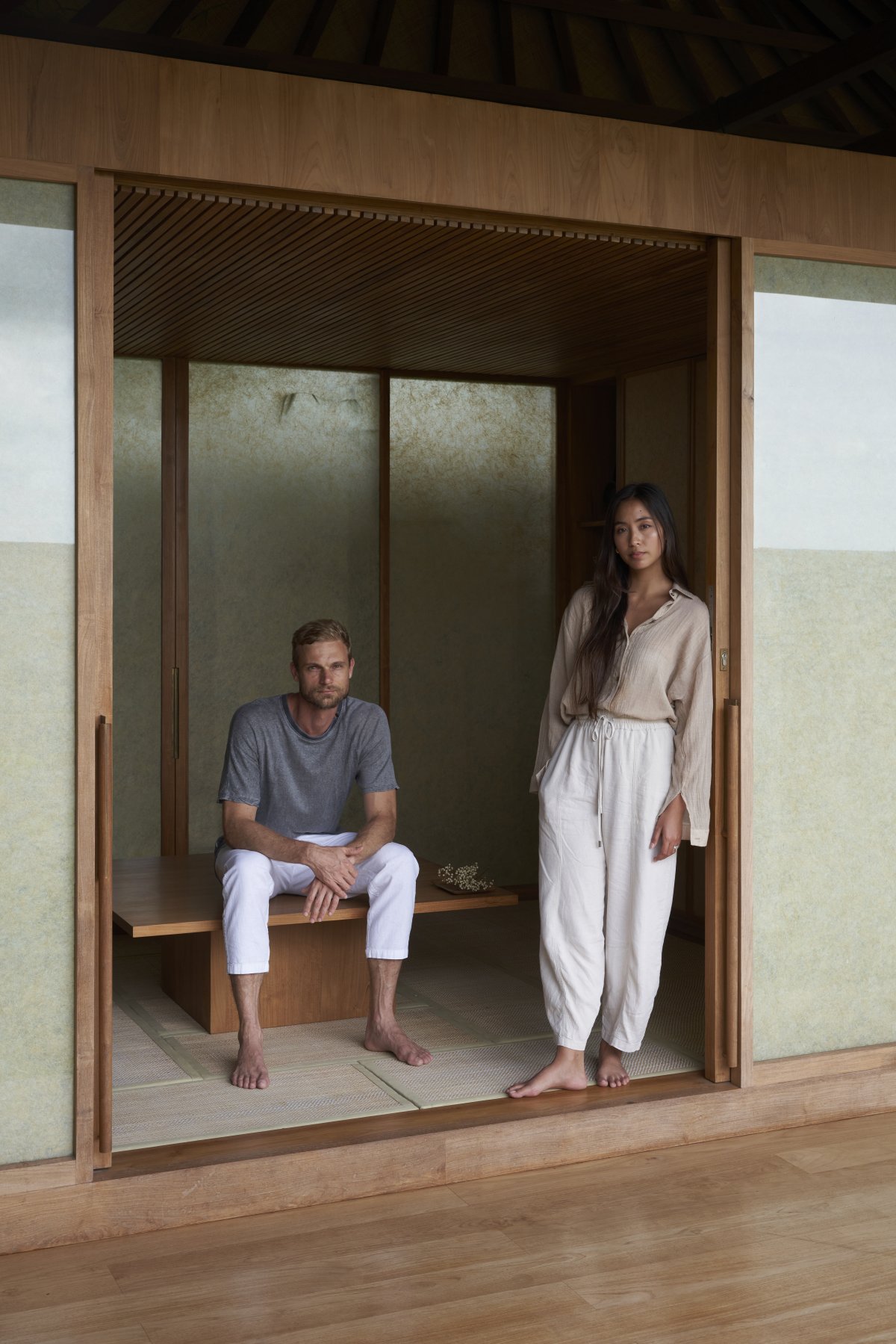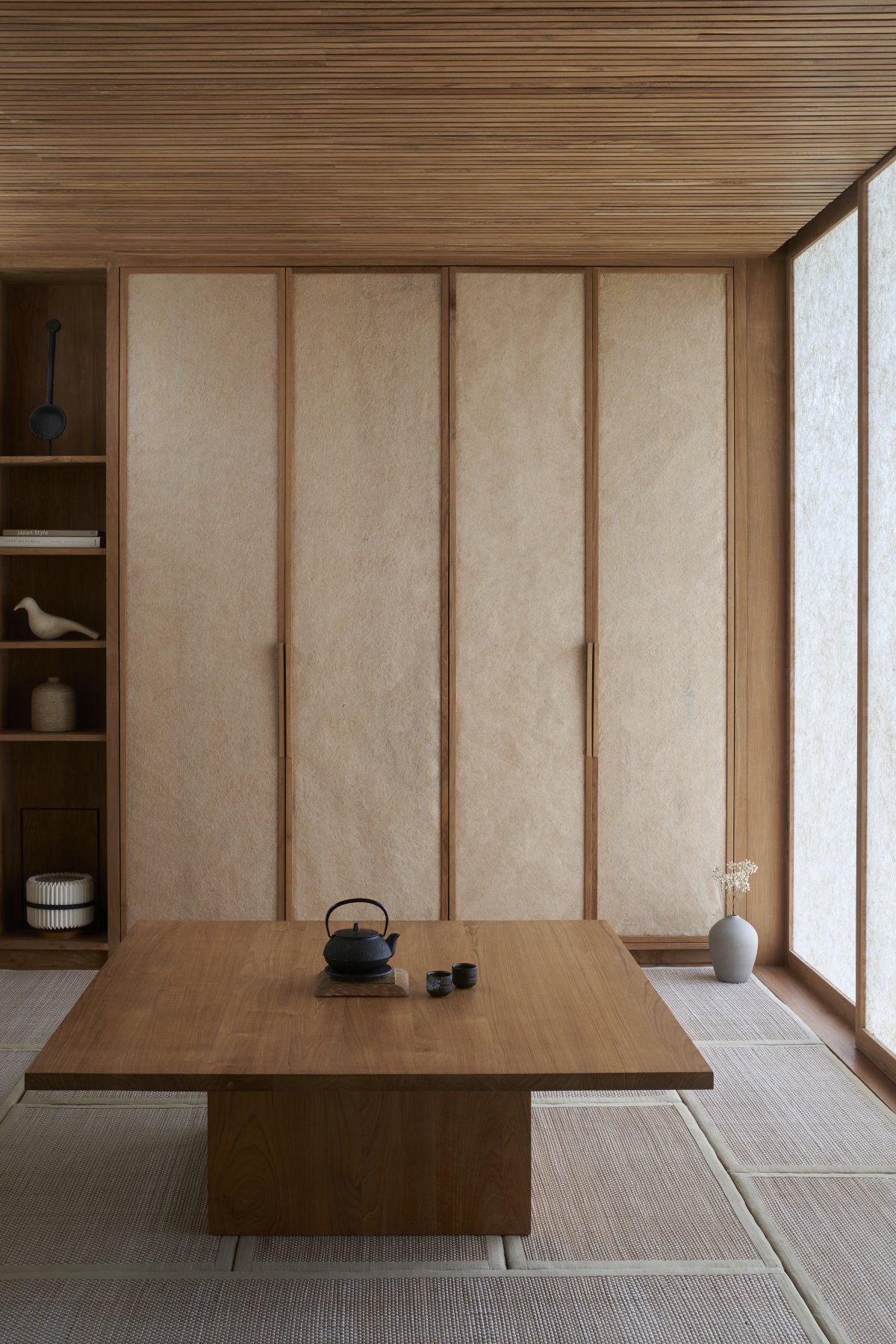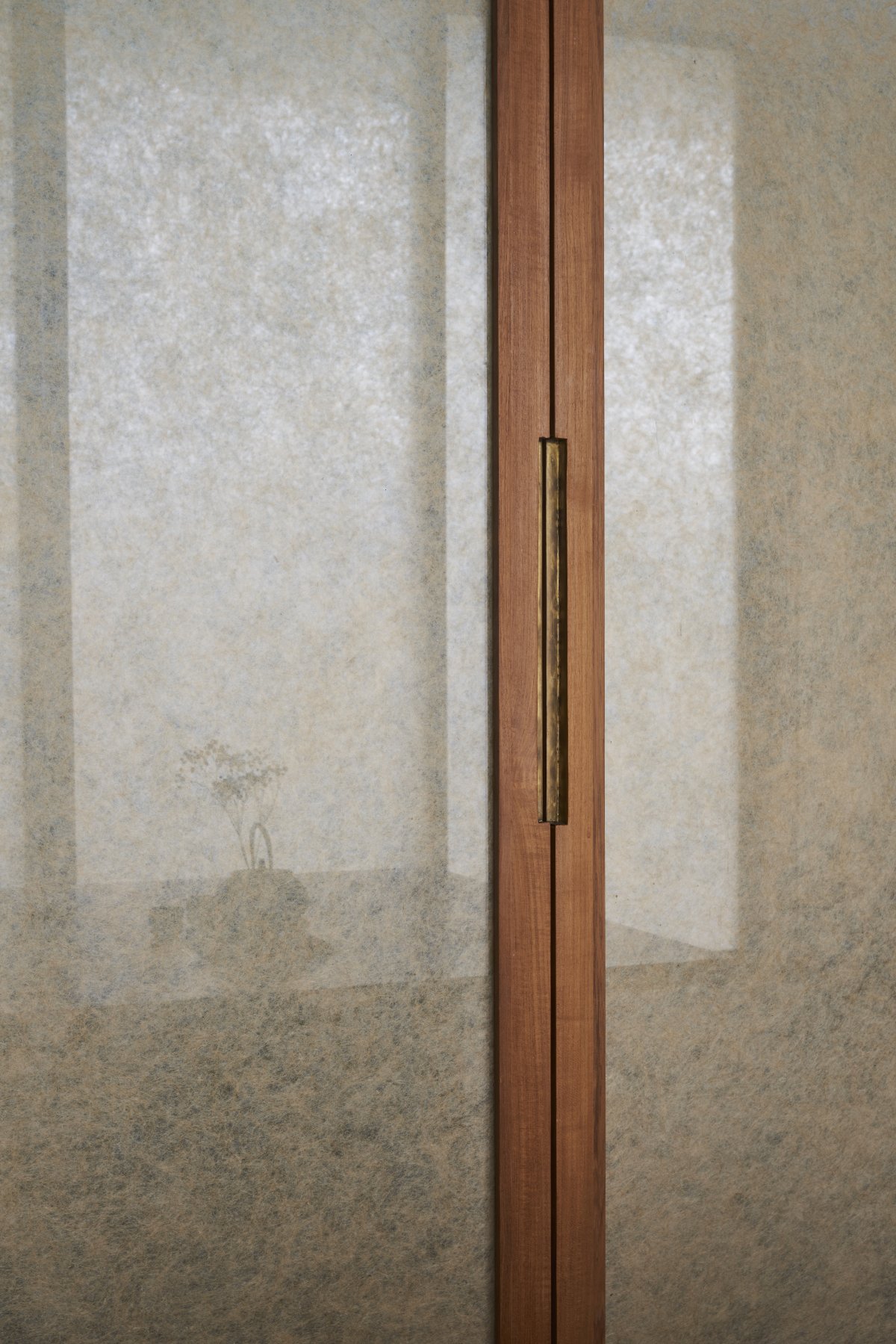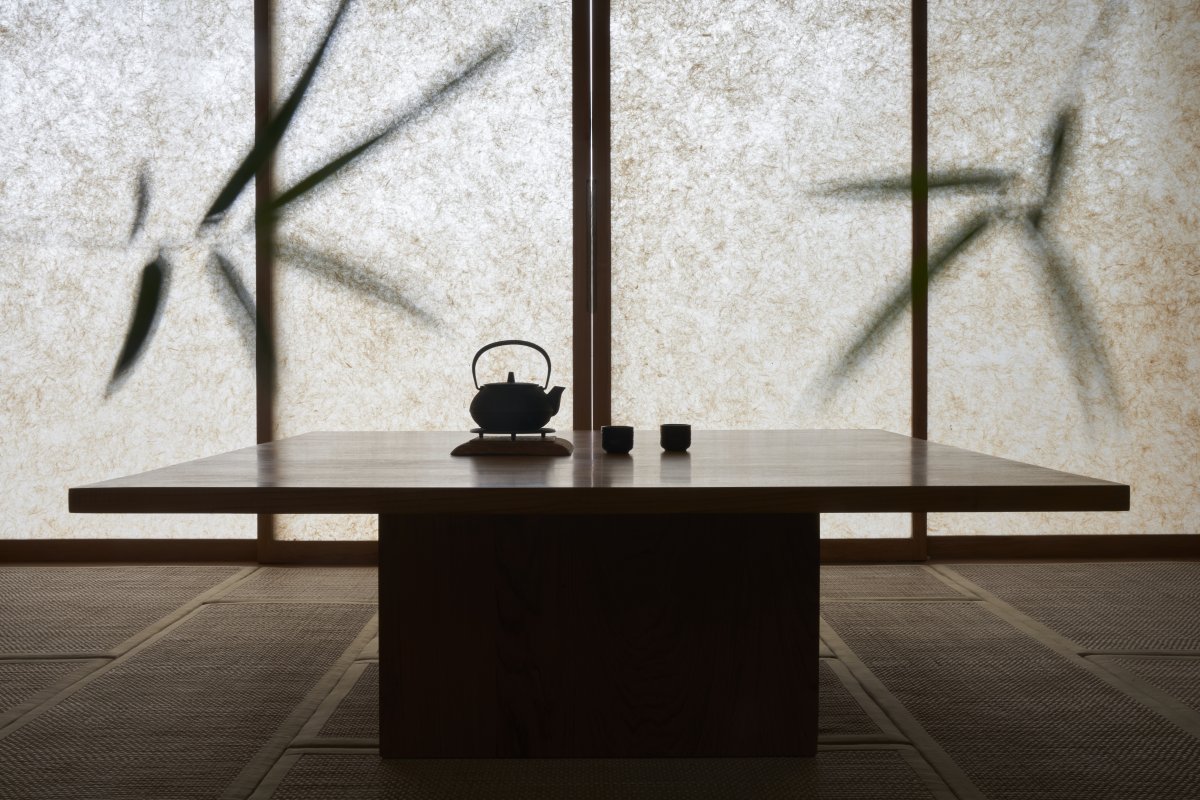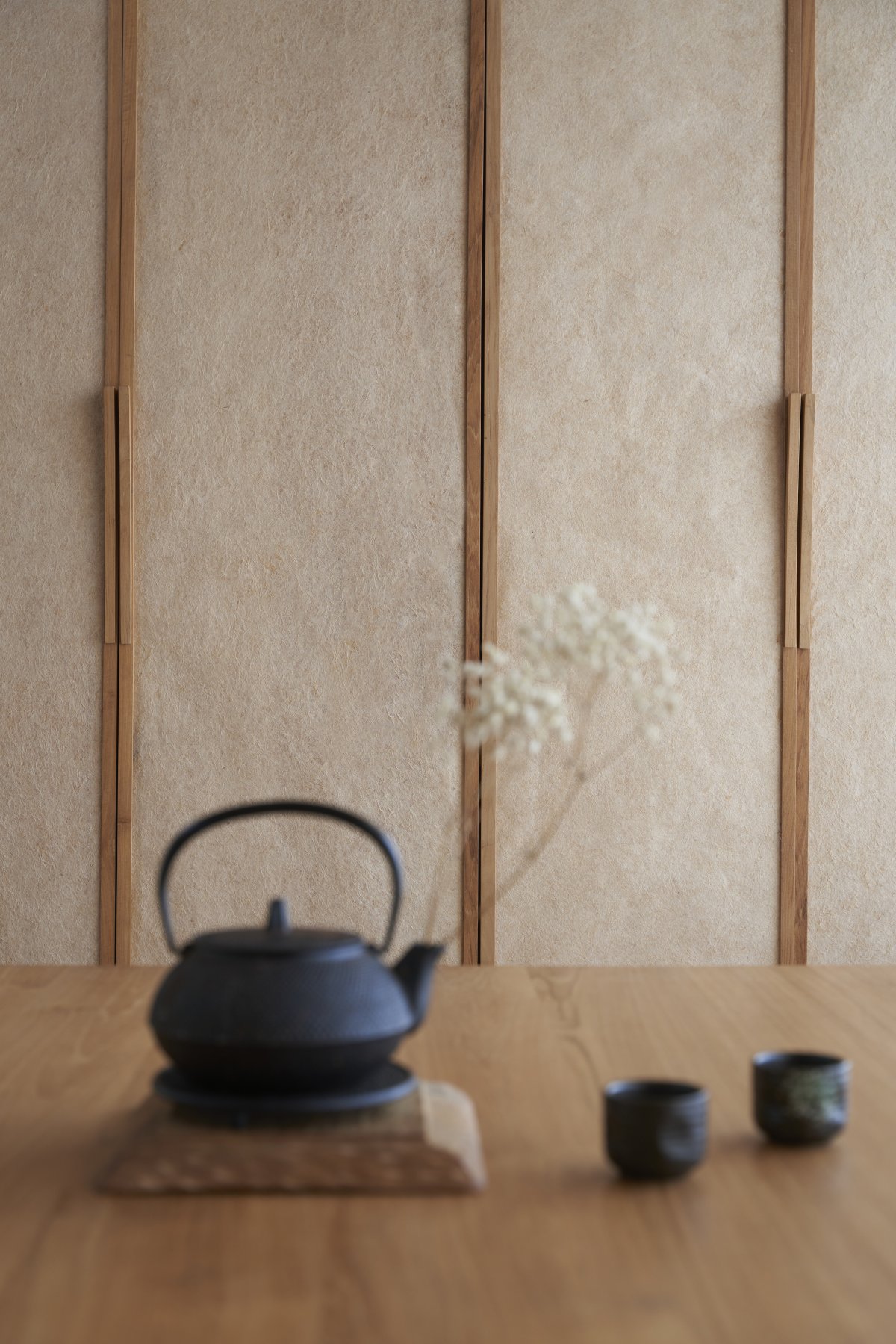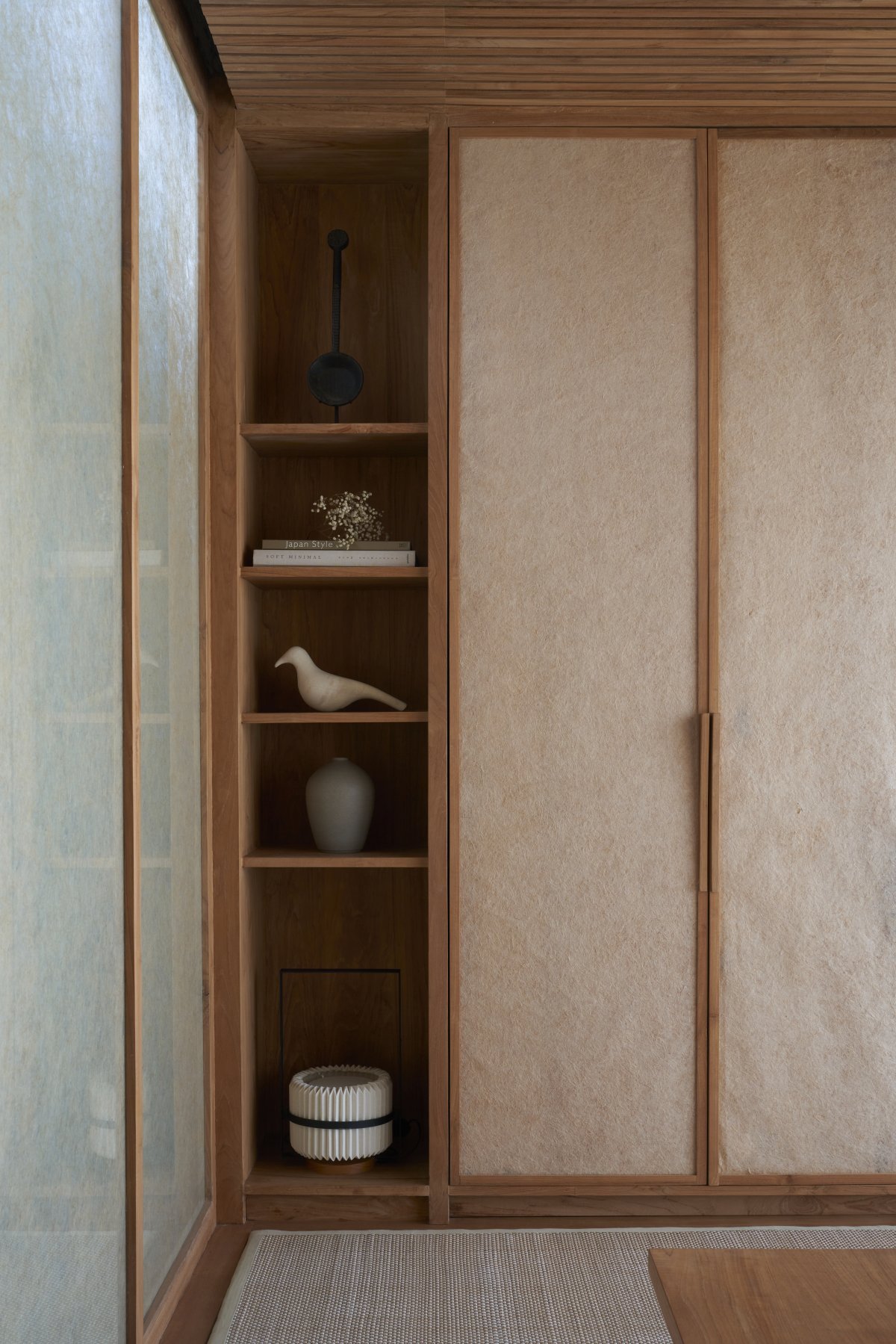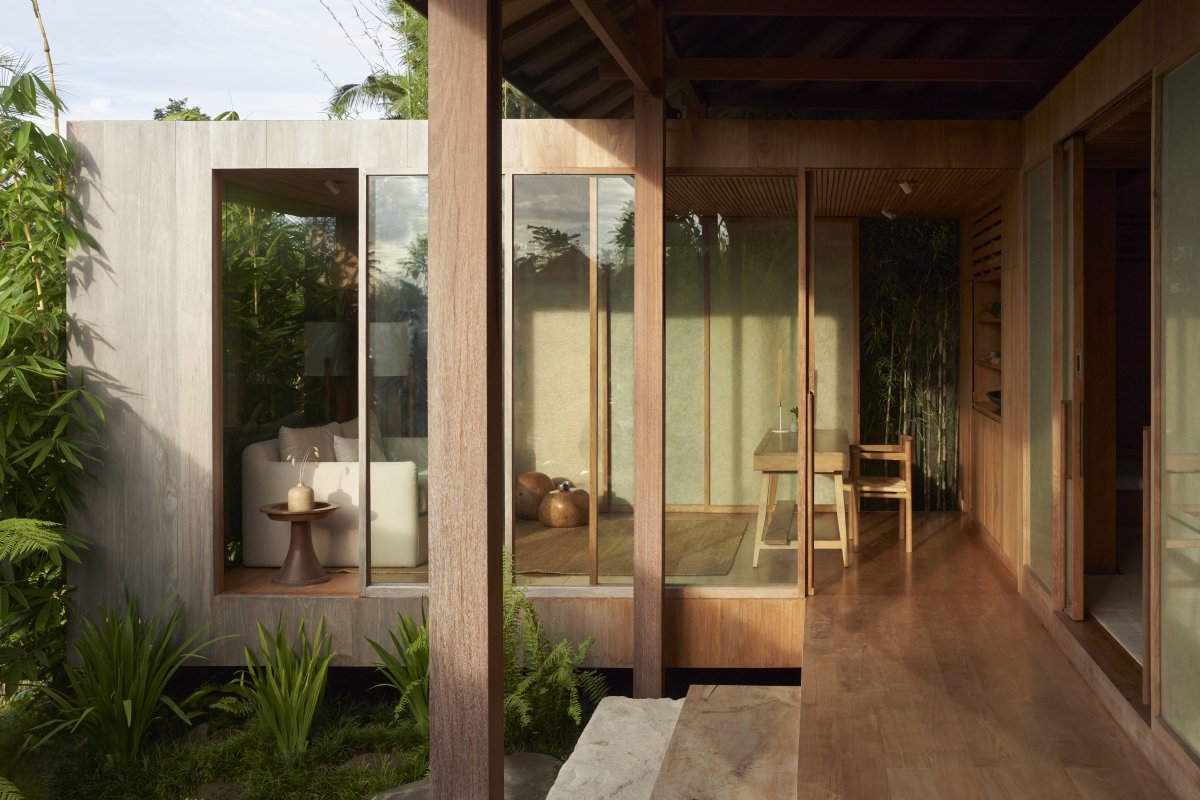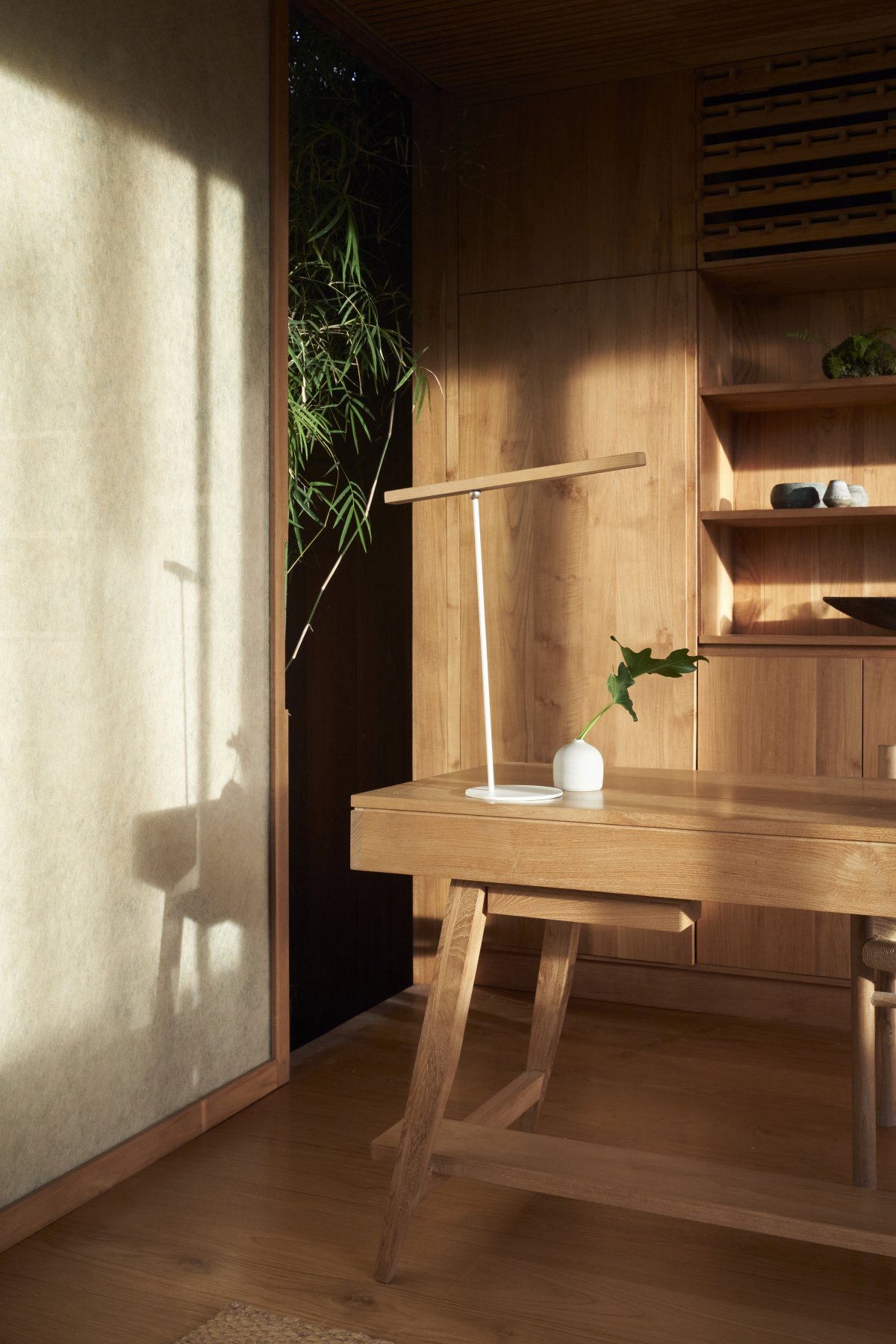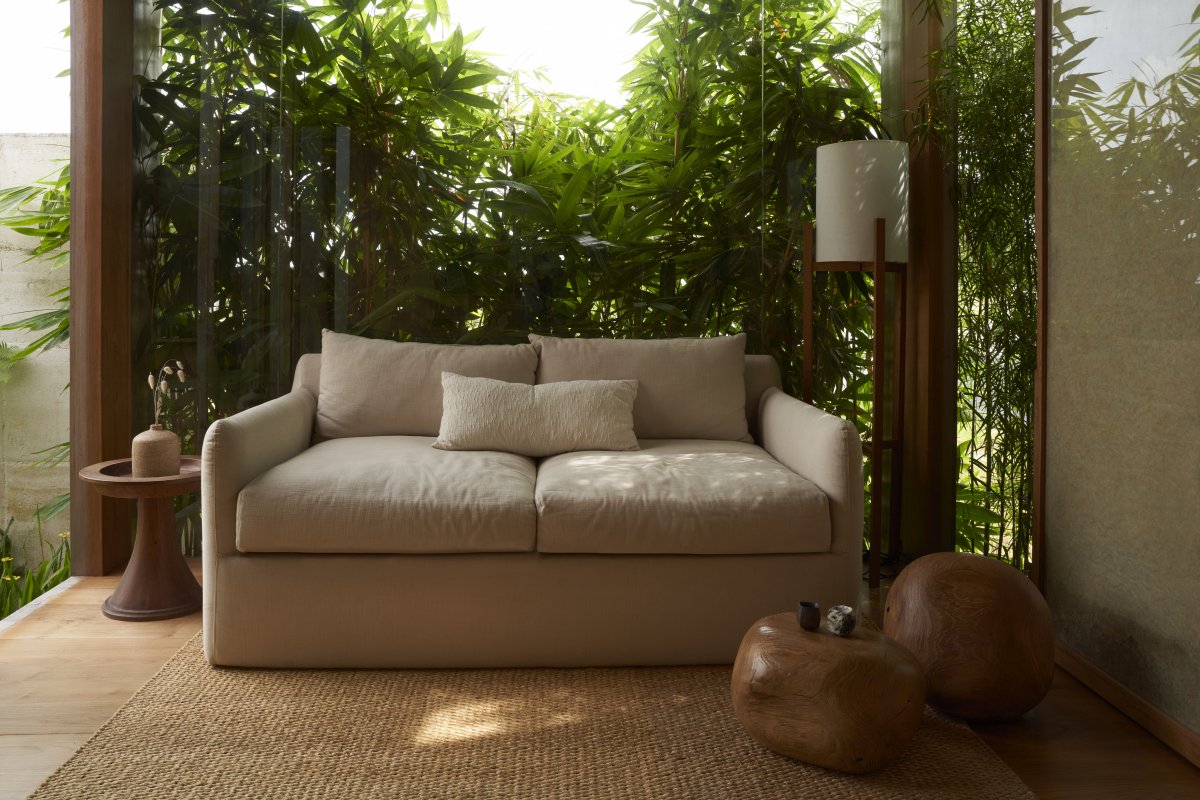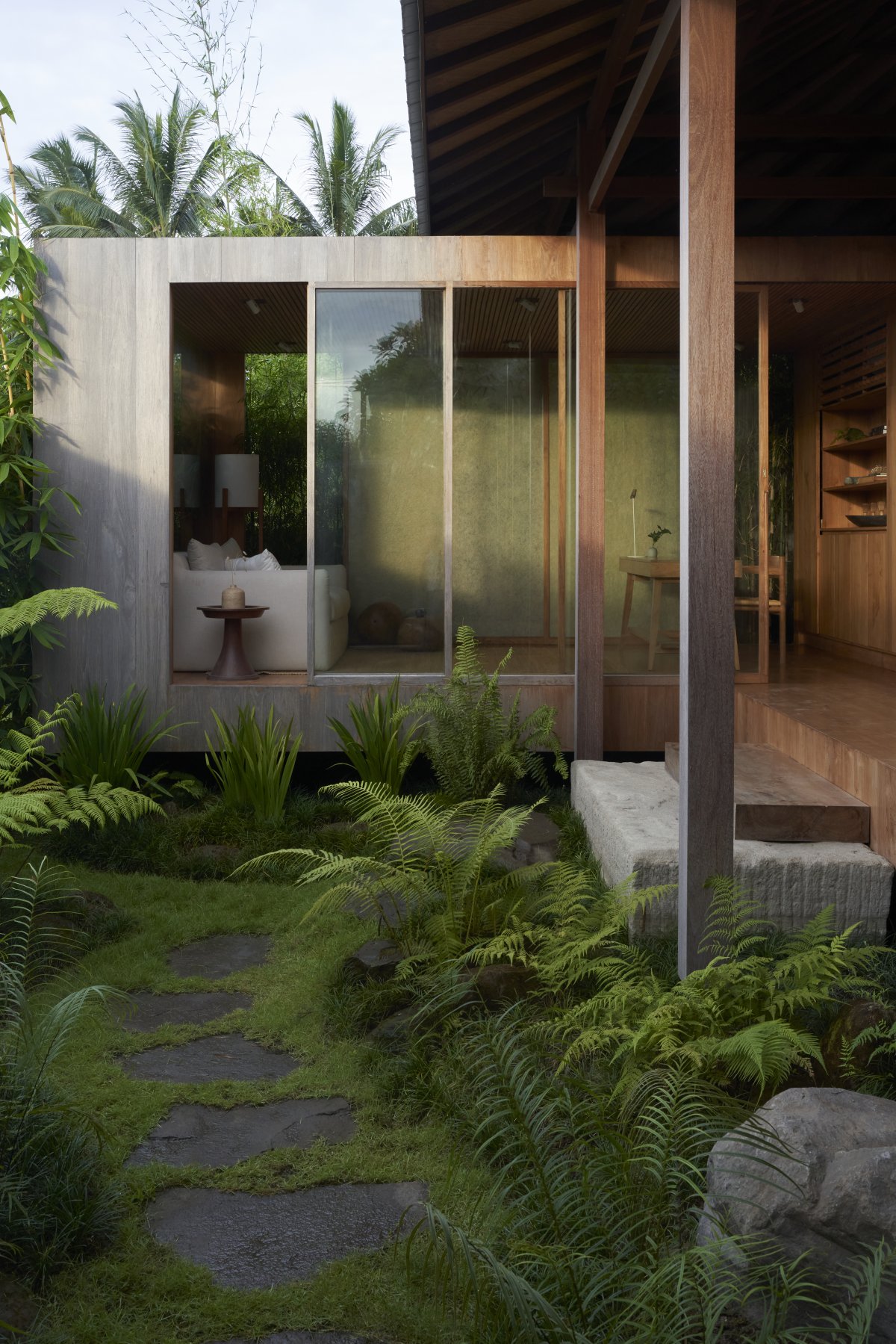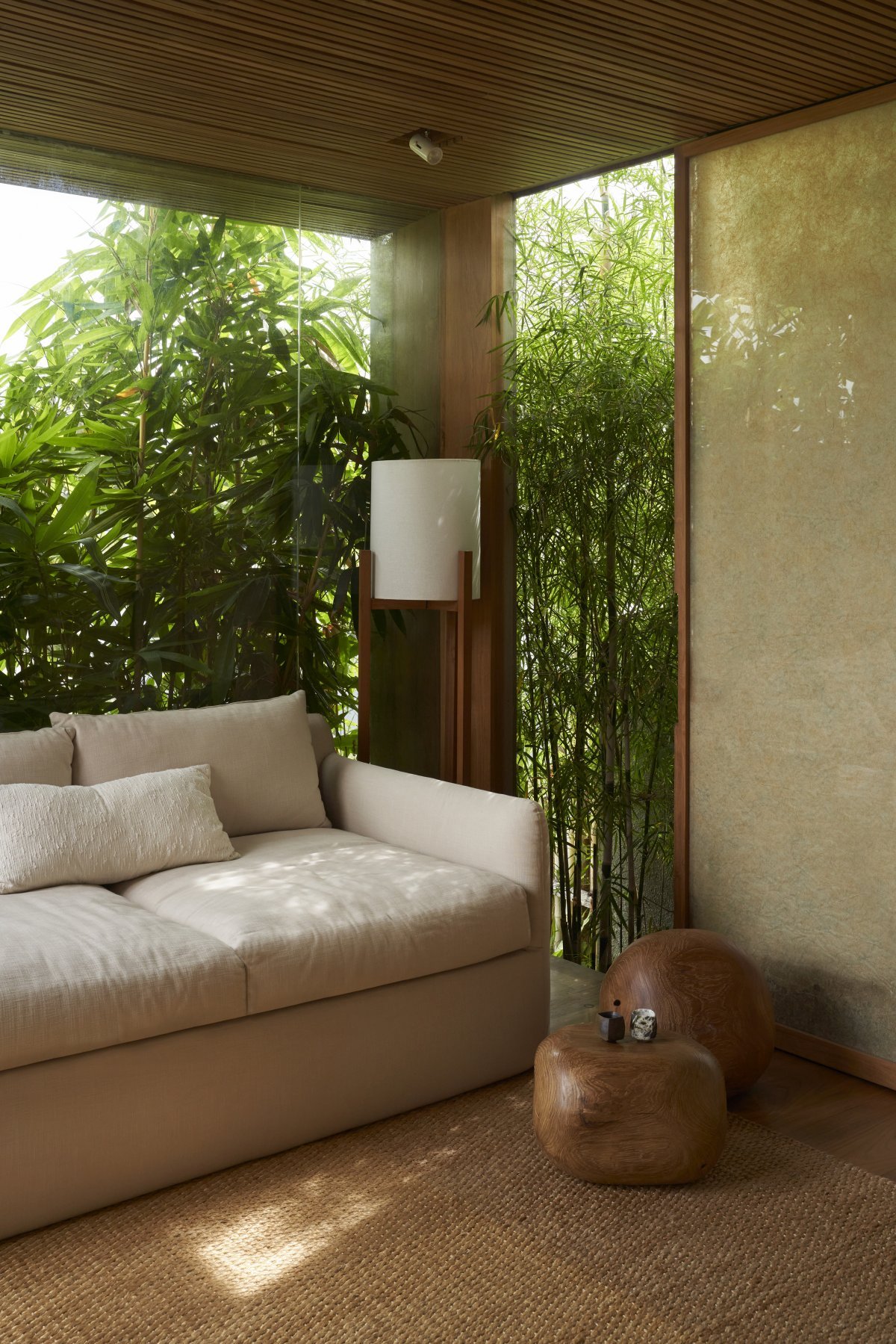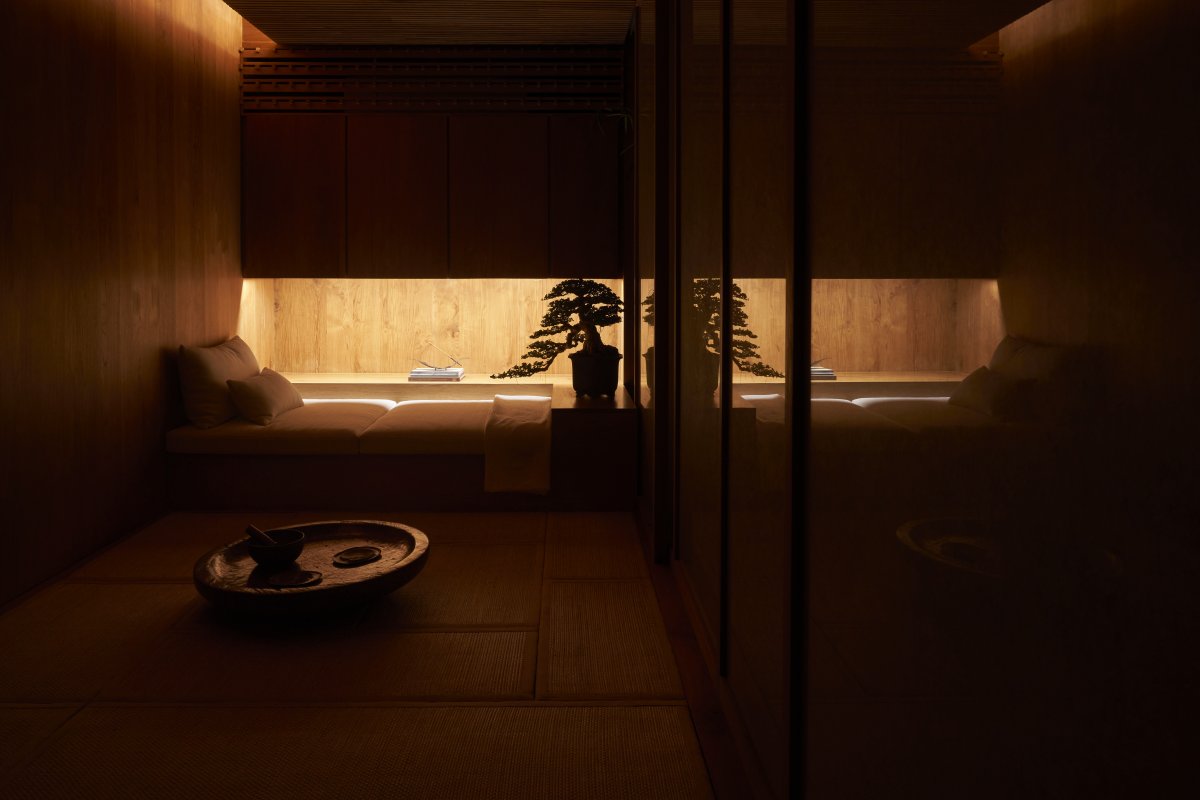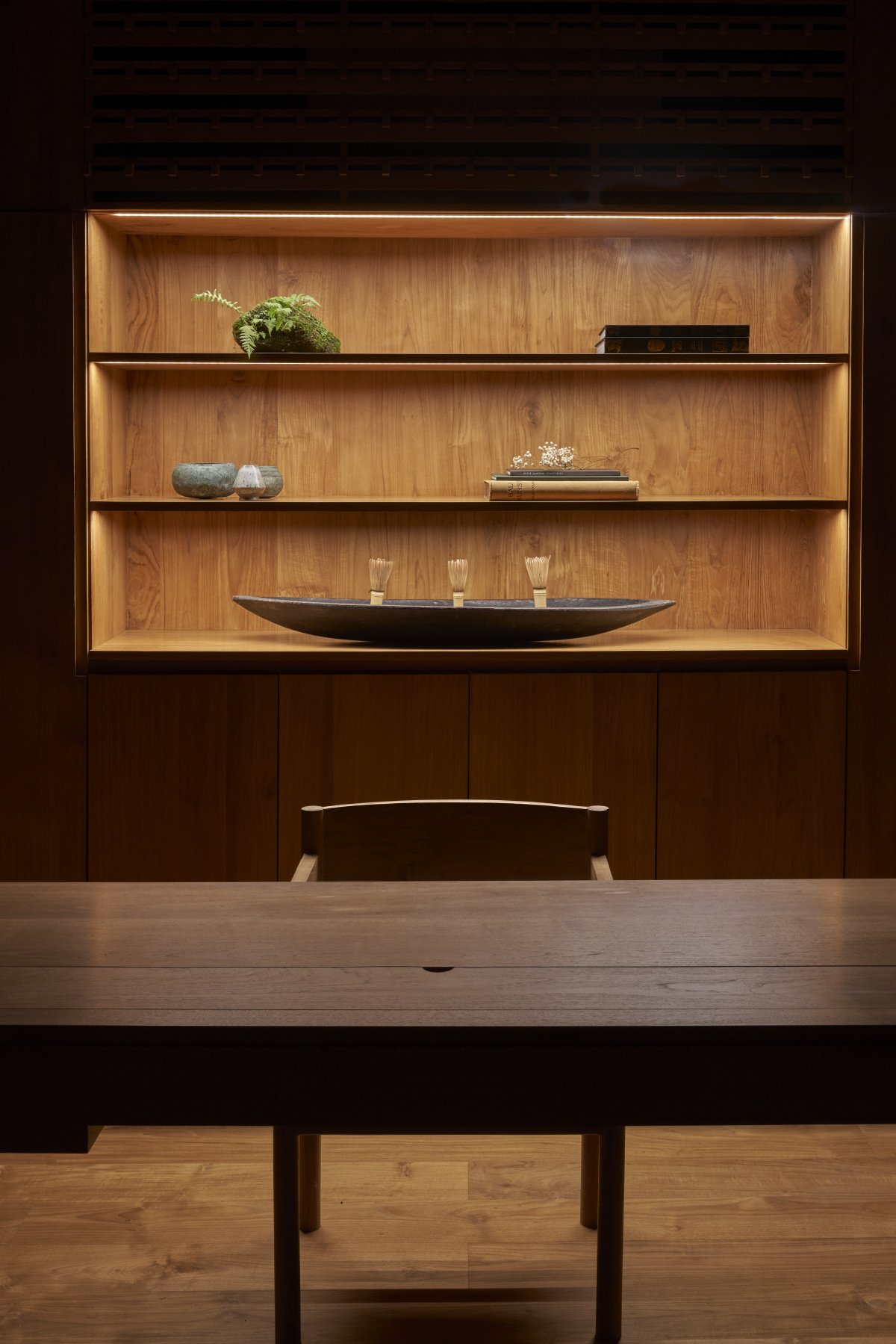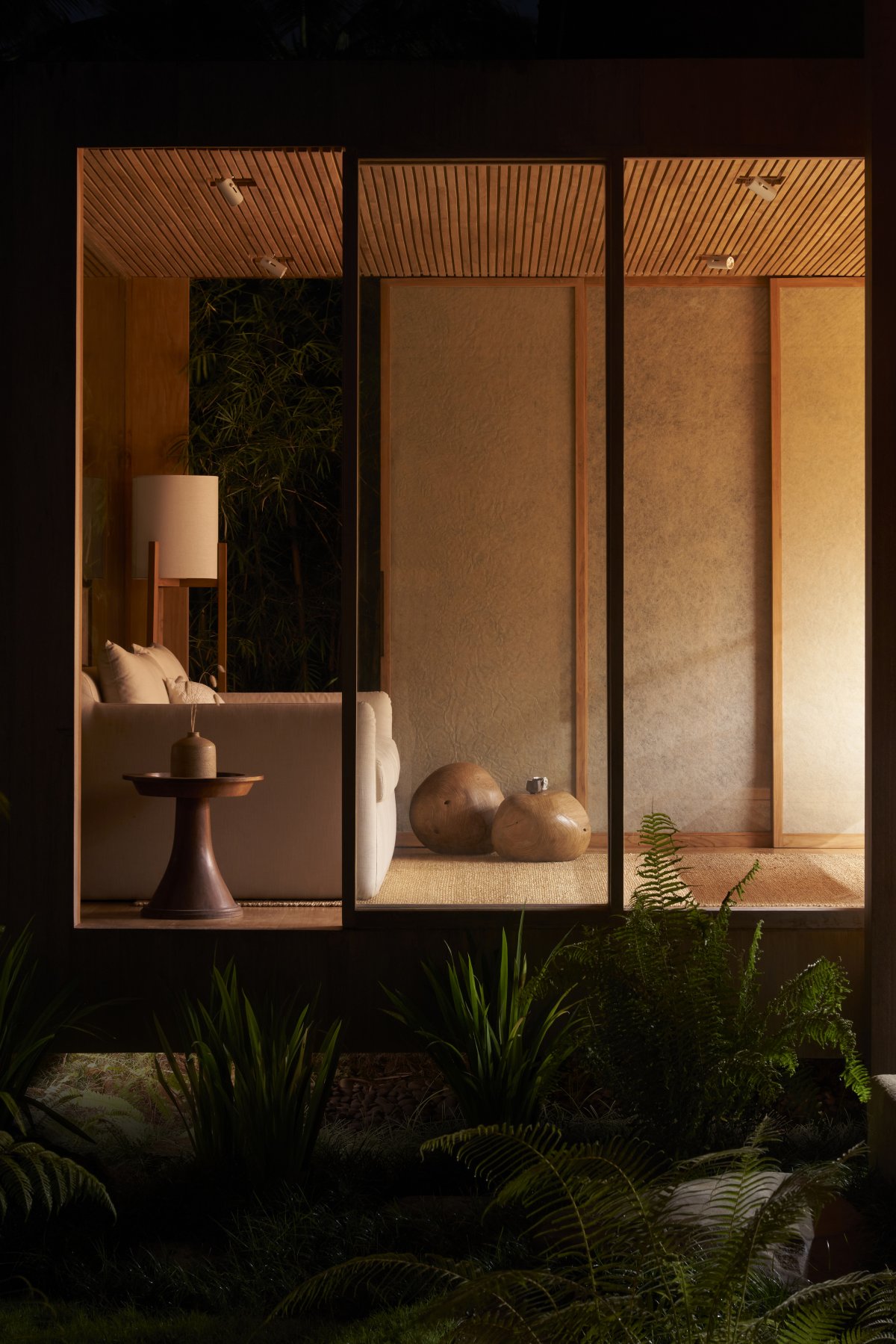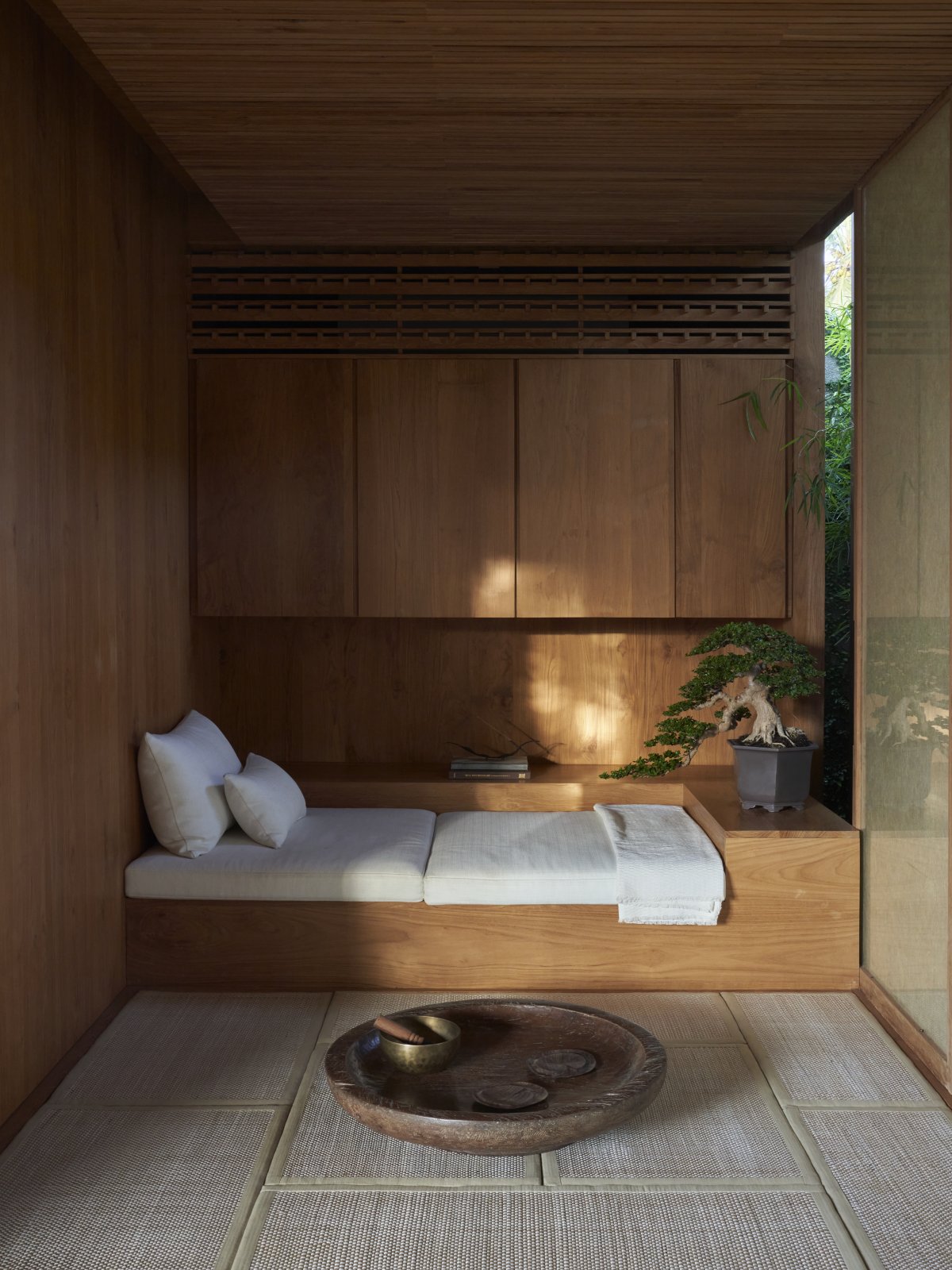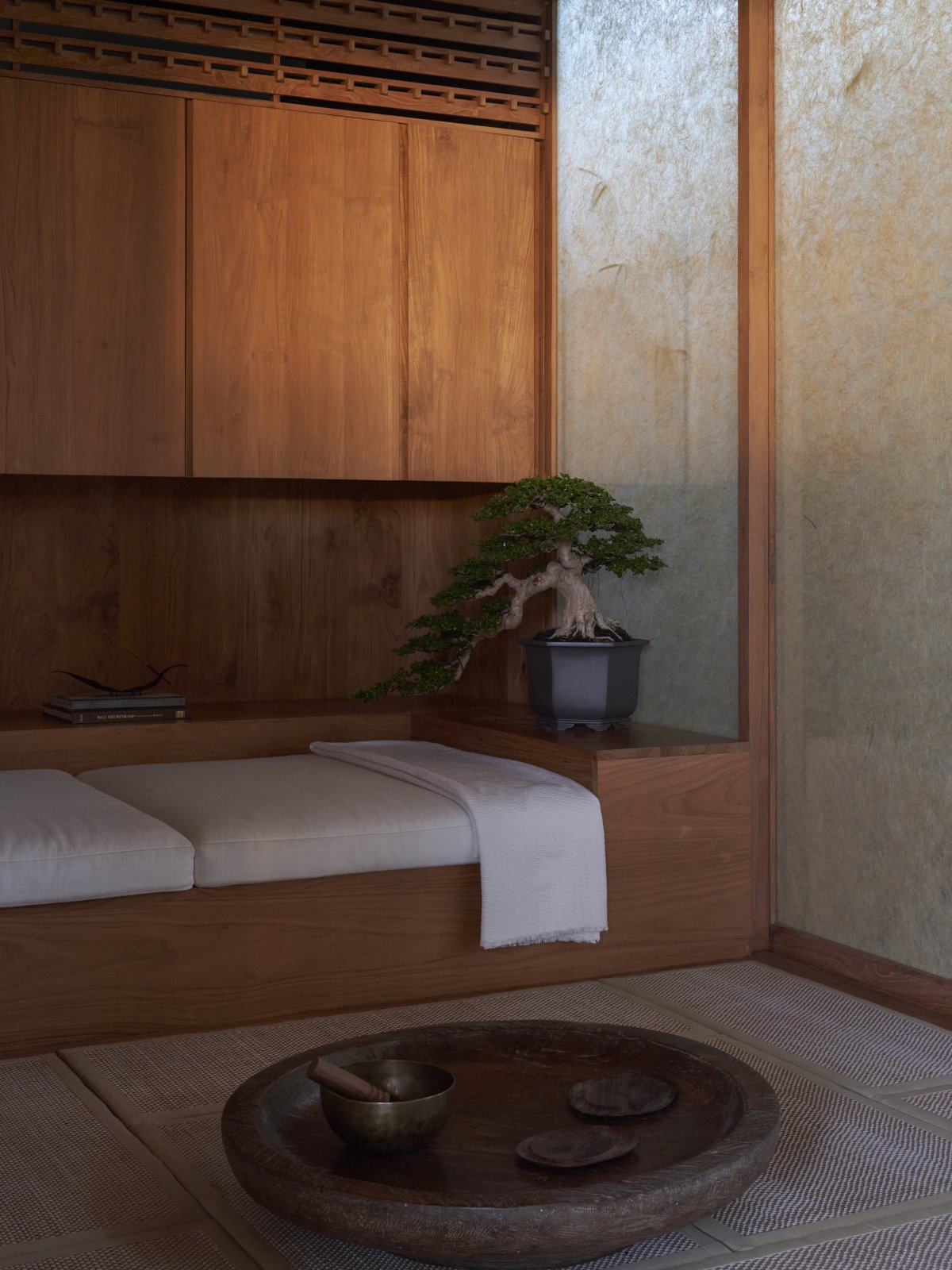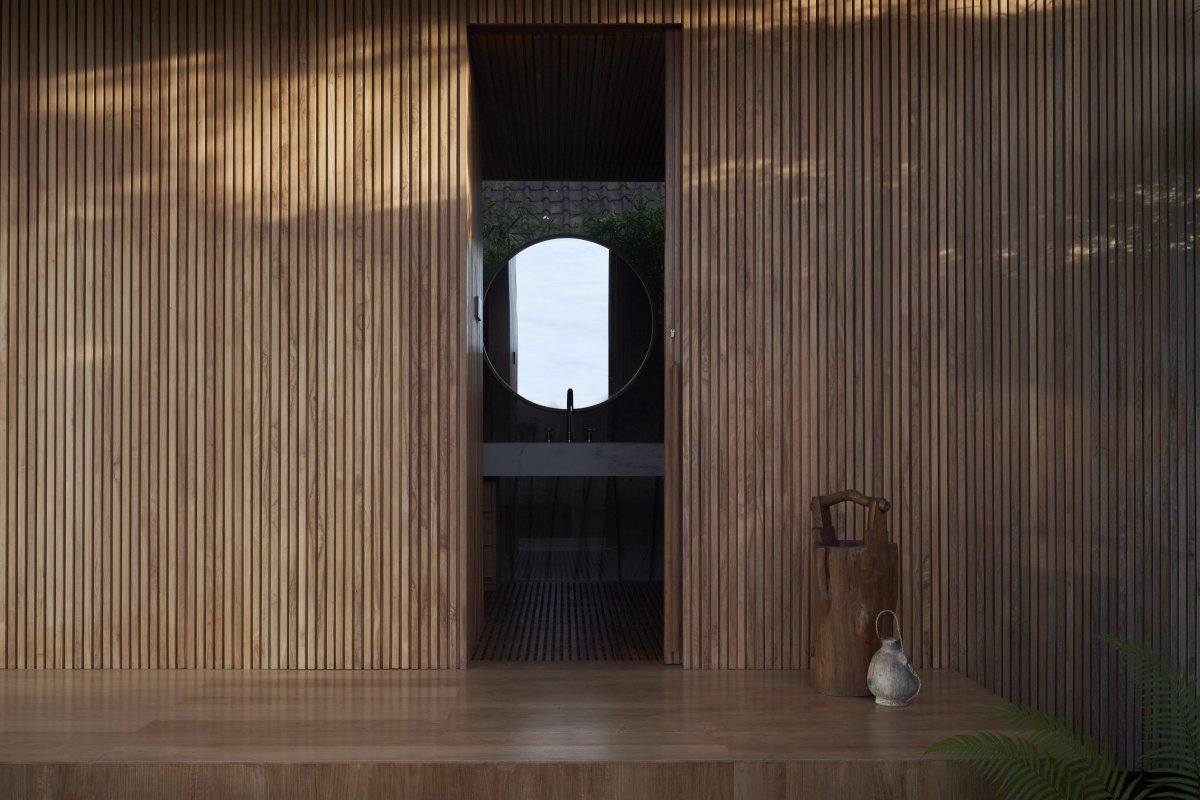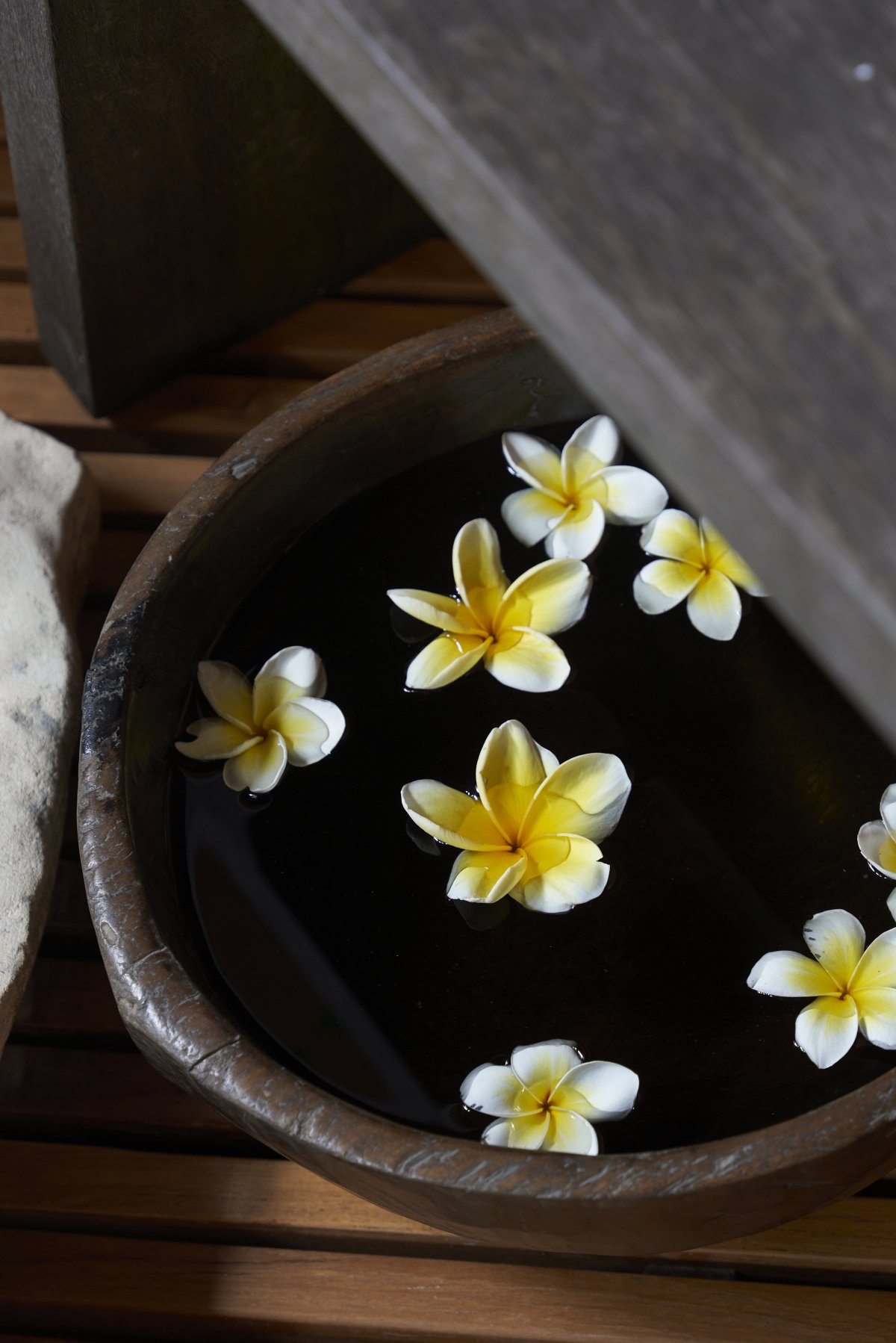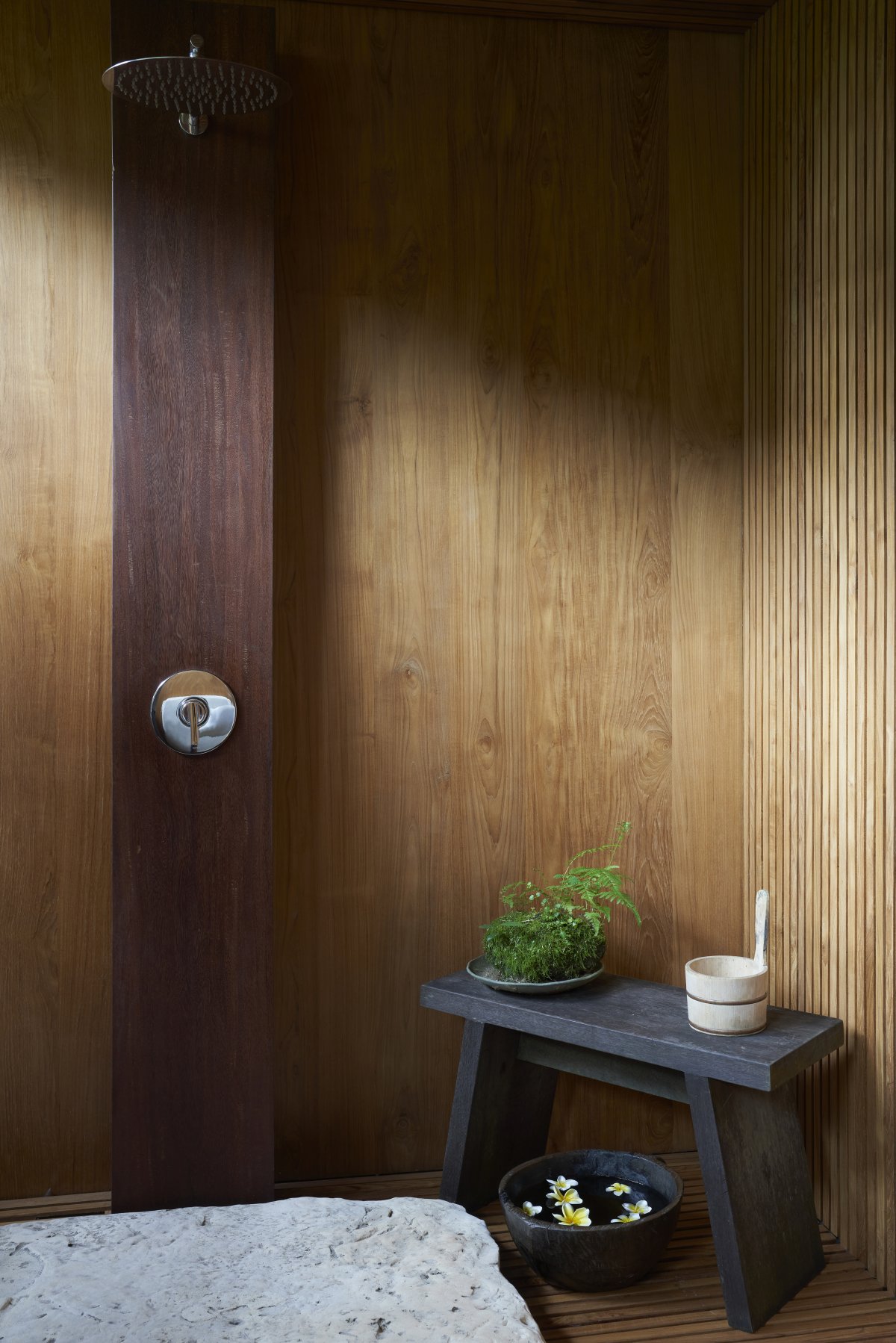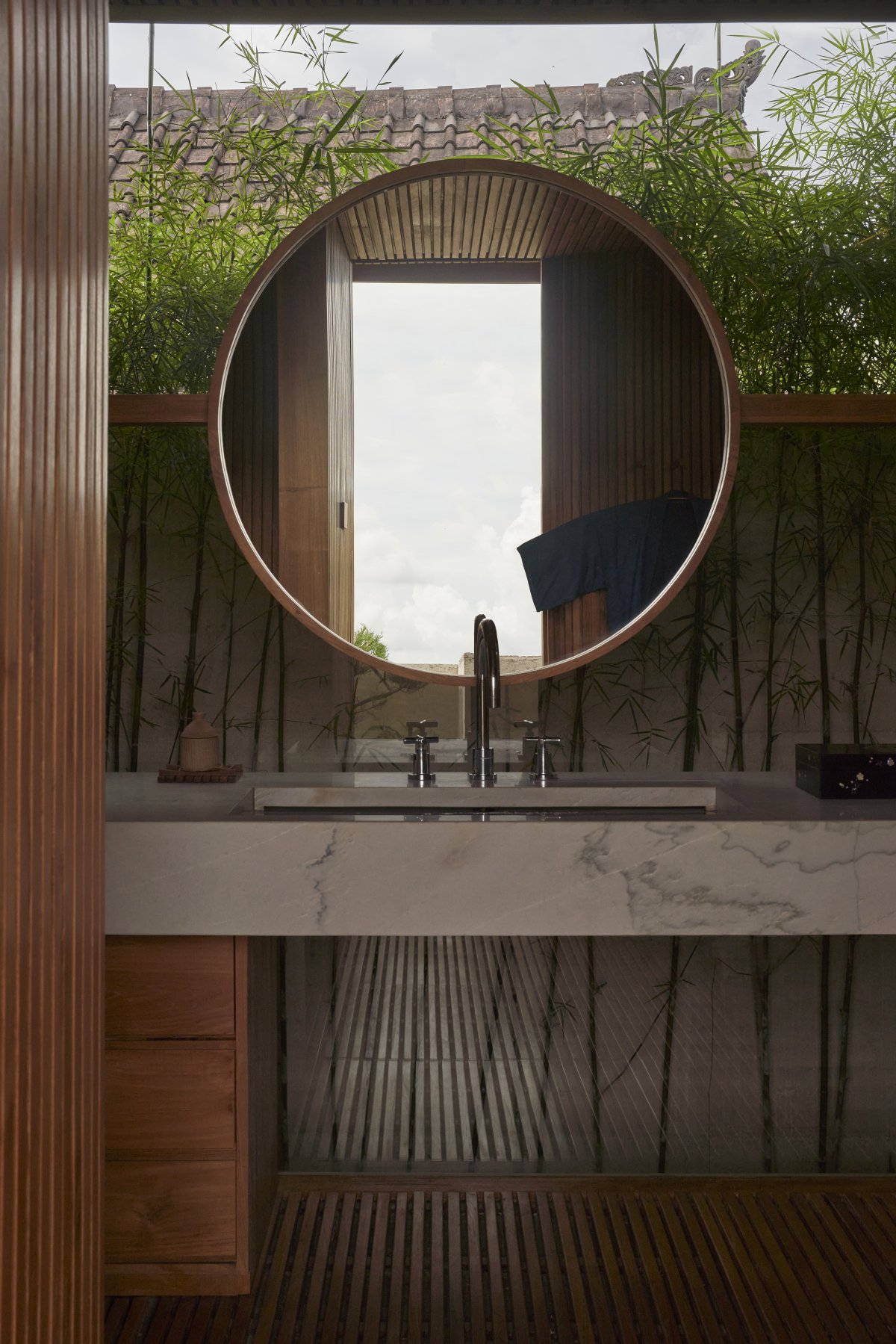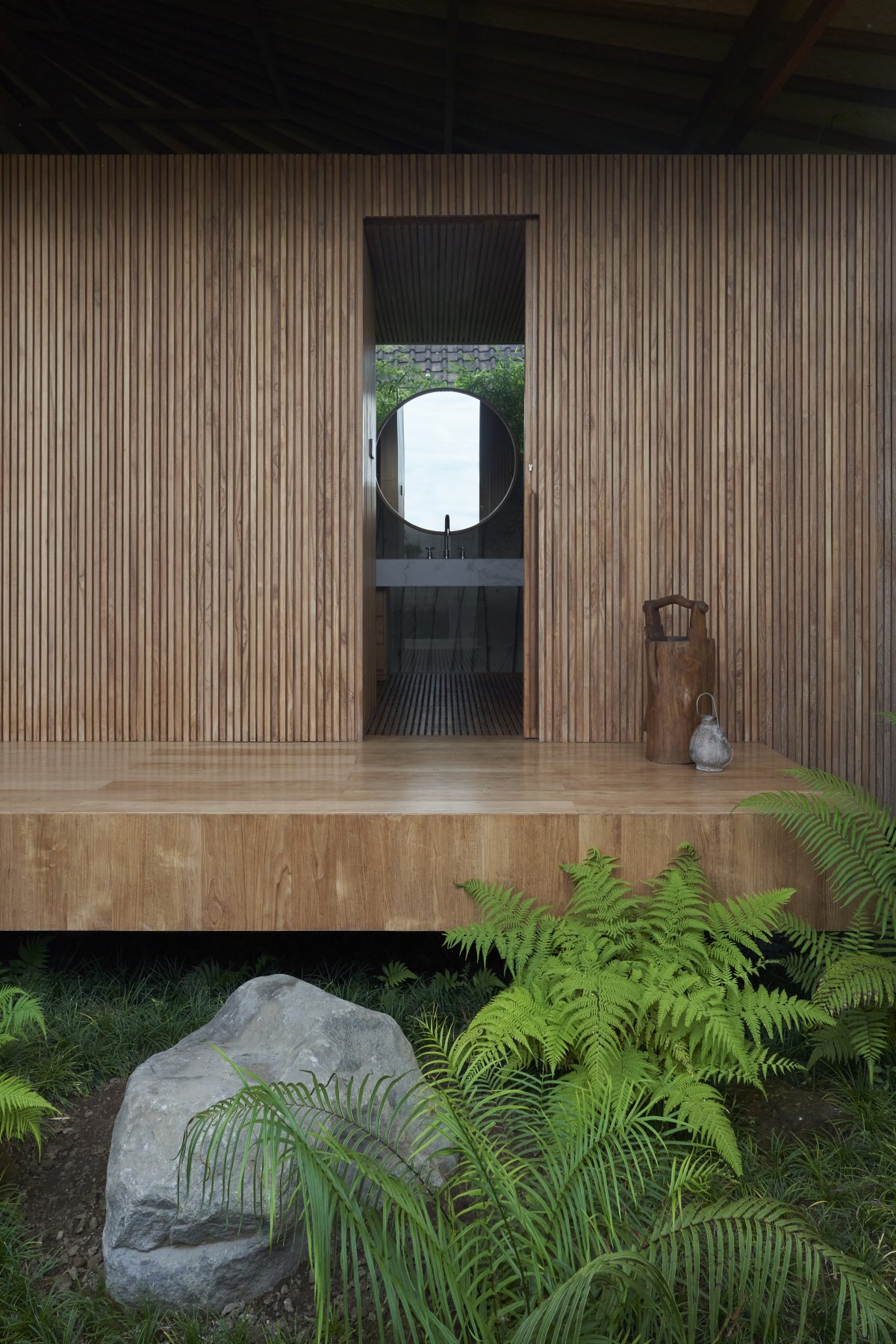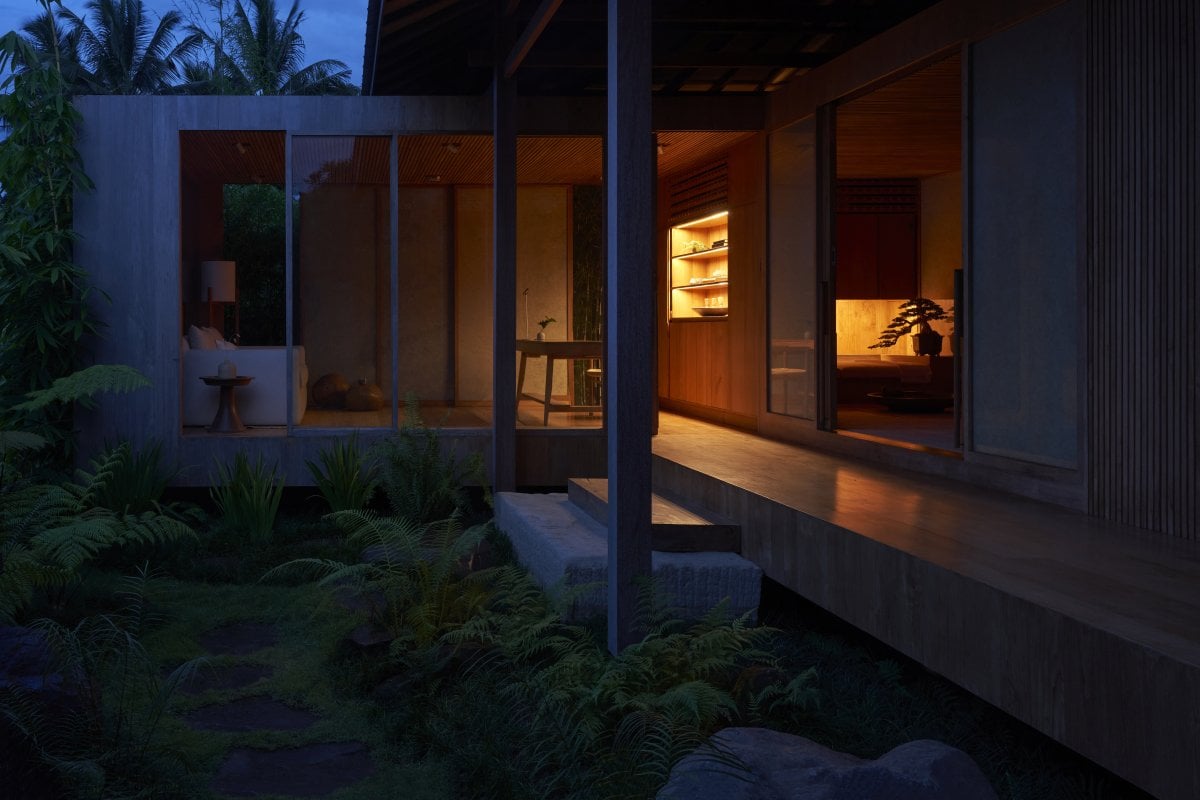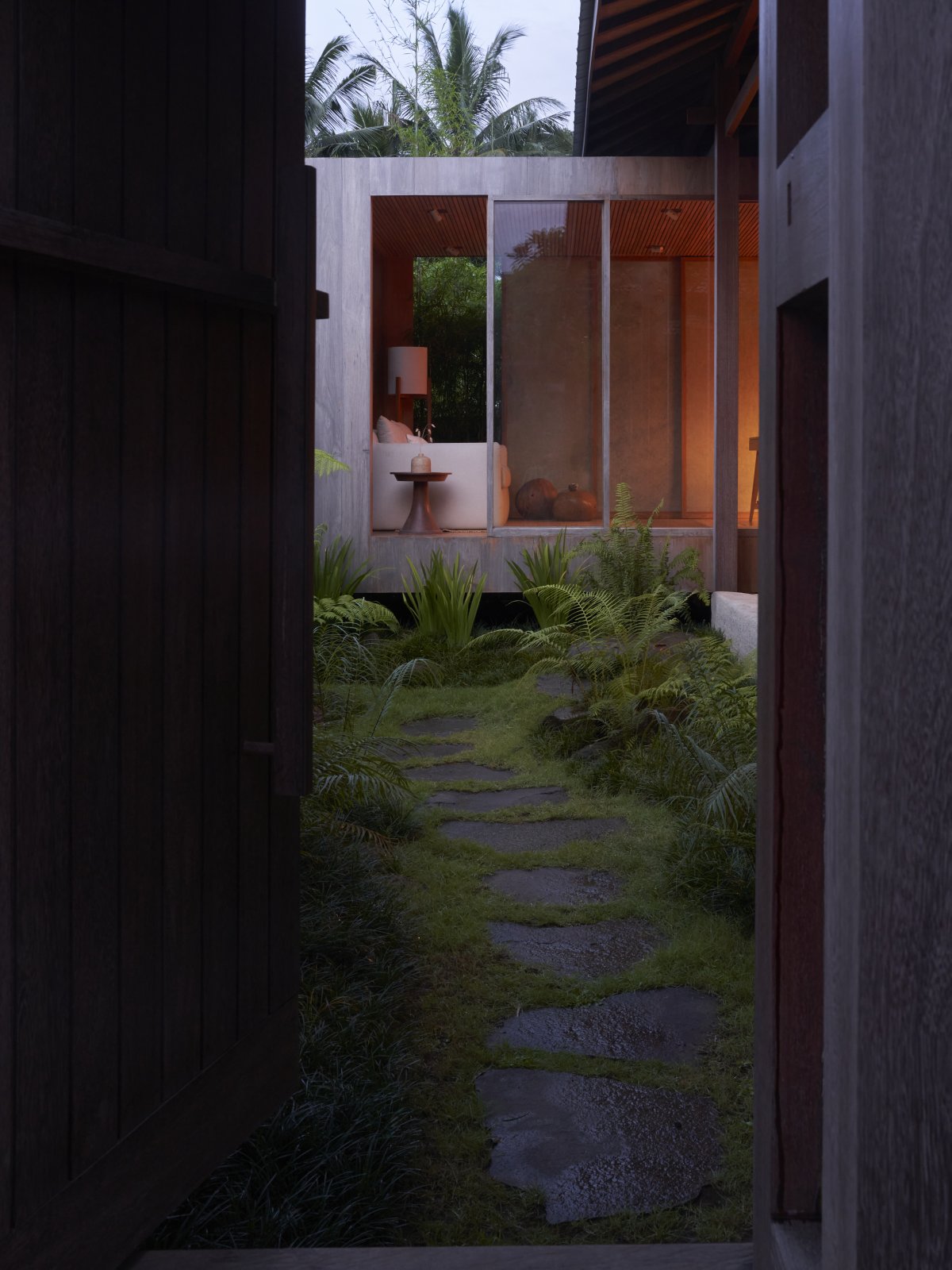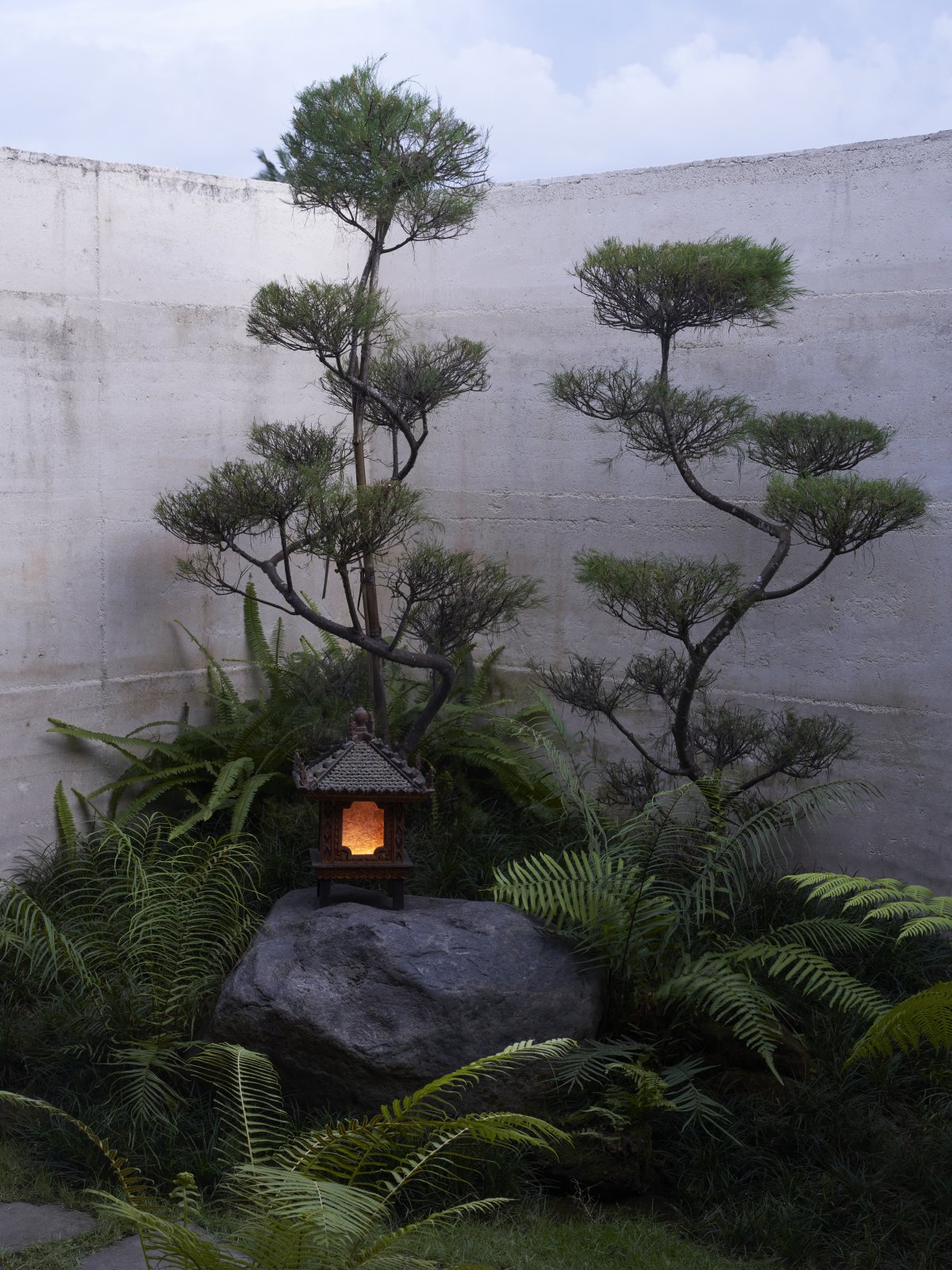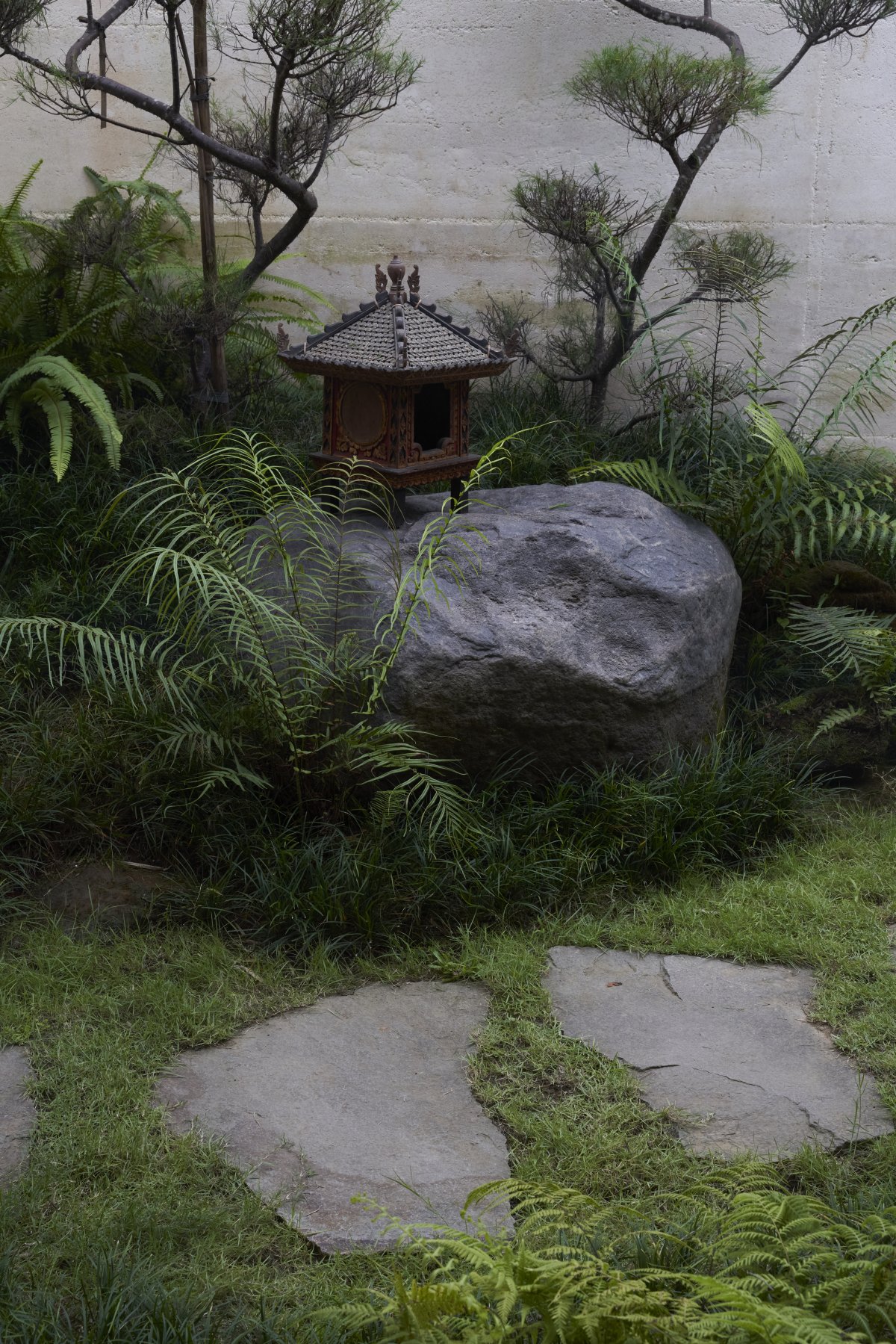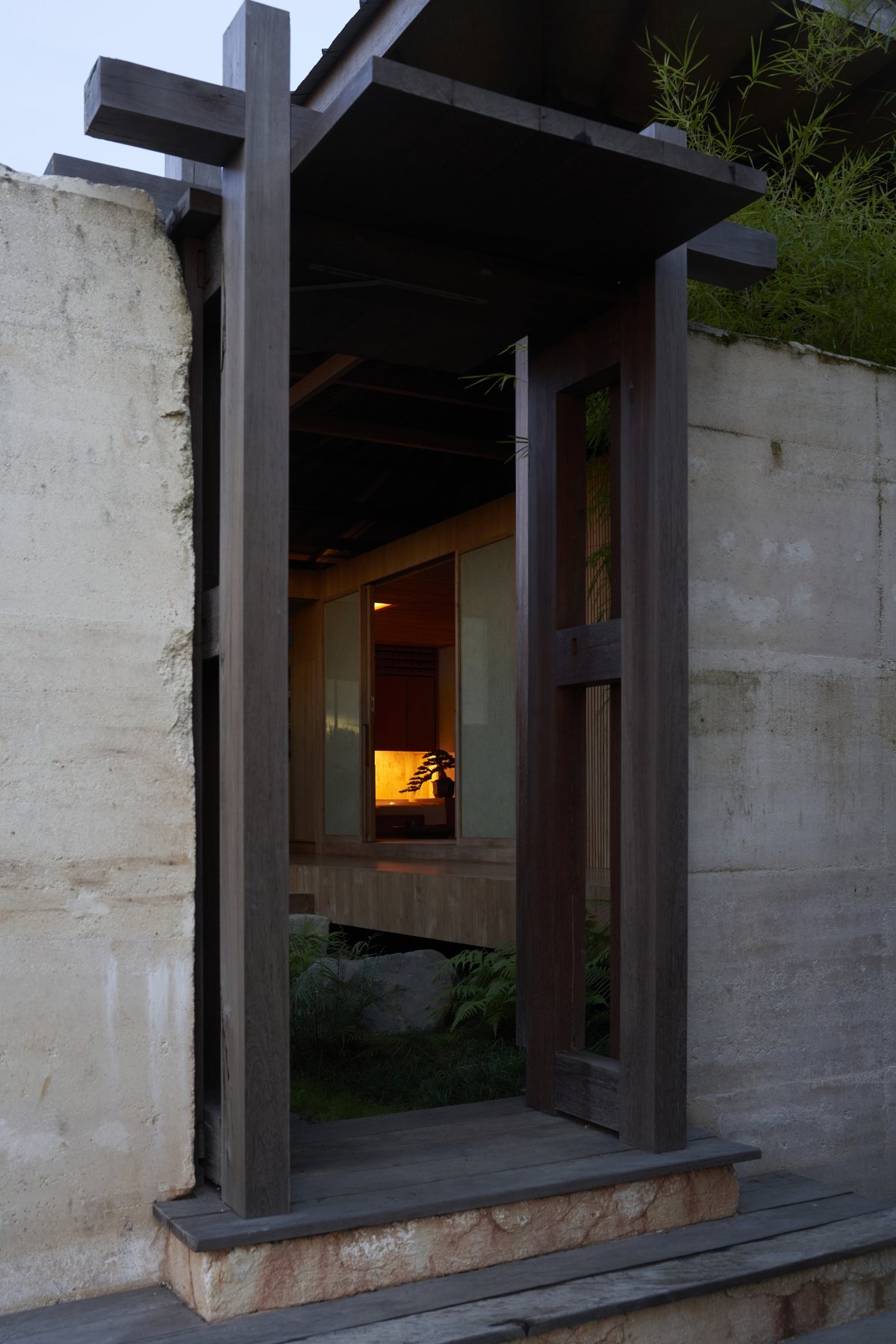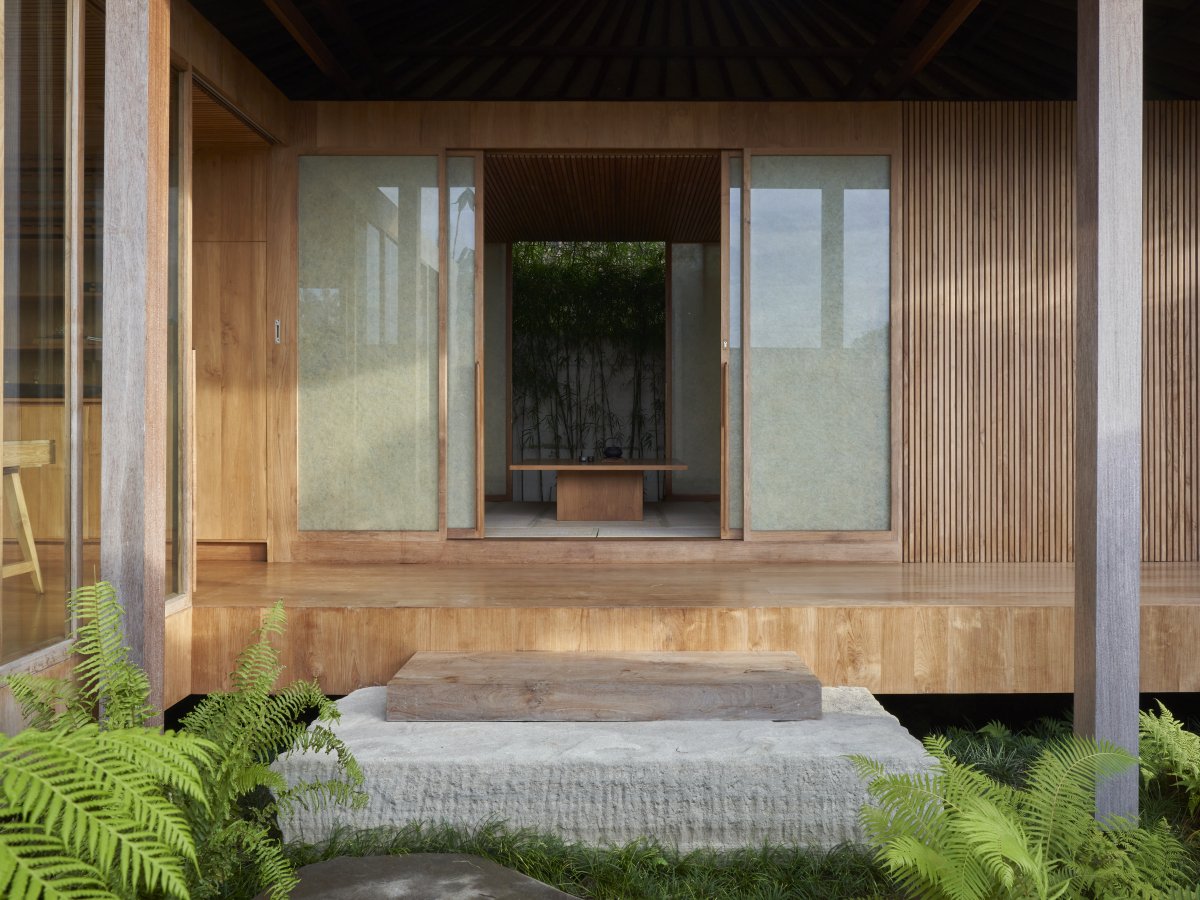
HER: less is more
- Project: Blanco Studio
- Photography: Iker Zuñiga and Pempki
One of the maxims of art and architecture is that “less is more”. While this phrase has been repeated ad infinitum in many contexts, it is rare to find projects that truly encapsulate this philosophy in its pure essence. The HER project, designed by Blanco Studio is one of those rare examples.
Architecture for connection
In a world where grandiloquent gestures are constantly sought after, the HER project comes as a fresh breath of air. Upon entering this space, it is inevitable to feel the sensation of lightness and serenity. These sensations come from the meticulous choice of each element, each material and each decision made by the design team, intimately linking interior and exterior spaces, architecture and landscape.
An organic design
The workspace and exhibition space, located in Beijing, is a statement of intent. At first glance, what is apparent is a color palette that honors natural materials and textures. Built in solid wood and on stilts, the project presents an impeccable combination of contemporary Japanese vernacular architecture and traditional Balinese construction techniques.
Intimate corners
The intelligent use of space, despite its compact dimensions, ensures that the spaces do not feel confined. The Japanese inspiration in its design interconnects the natural sensations of the exterior with the serenity of the interior, generating a perception of intimacy, rather than compartmentalization. With a sustainable intent, the design team made the most of conventional and locally sourced materials, using traditional Indonesian carpentry and structures and building the project with timber from a declining tree found on the banks of the Bengawan Solo River on the island of Java.
However, the most fascinating aspect of this project is its ability to transform. With the use of movable curtains and panels, the studio can adapt to different needs, whether it is an exhibition, a workshop or a collaborative workspace. This flexibility speaks of an architecture that understands and adapts to the changing nature of creative work.
We live in times of change, adaptation and reinvention. Spaces that invite calm, reflection and creative flow are not only aesthetically beautiful, but necessary. HER, with its minimalism and adaptability, is a reminder that in simplicity and attention to detail, we often find the ultimate expression of beauty and functionality.
For more news about the Journal, please visit the official website.

